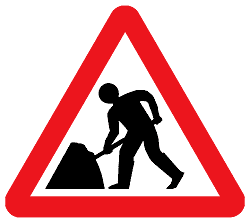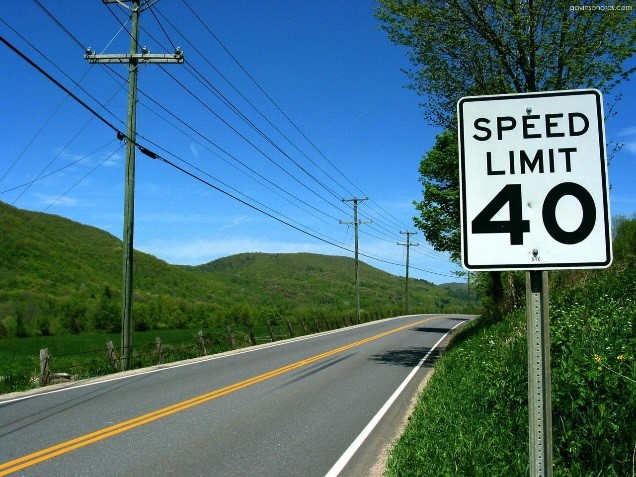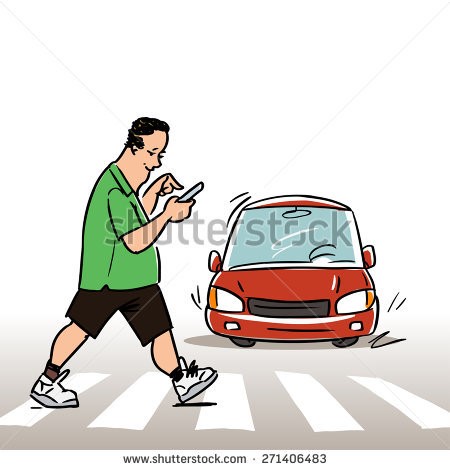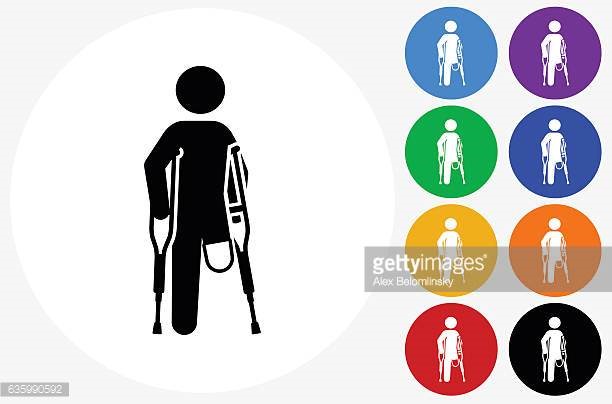| Speed |
There is a close relationship between speed and the risk of a crash. As speed increases, so does the severity of crash injuries.  |
- Check your speedometer regularly while driving
- Know the speed limits – look for signs, especially at junctions
- Remember, speed limits are a maximum, not a target
- Recognise what makes you speed , whether it may be keeping up with traffic, overtaking or being tailgated
- Plan your journeys and leave on time to make allowances for heavy traffic or unforeseeable circumstances
|
| Tailgating |
Drivers following too closely behind the vehicle in front of them is a common cause for rear-end collisions. 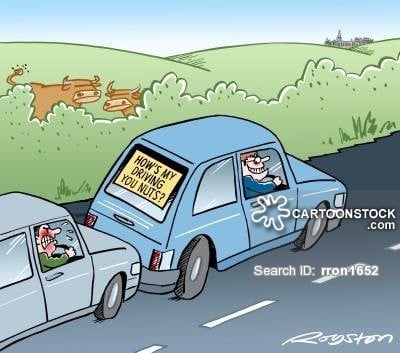 |
- Ensure you are in a calm, good mood before starting your journey
- Reflect on your driving and recognise any cause that can affect your emotions such as stress
- Always stay at least 2 seconds behind the vehicle in front of you
- Recognise the different stopping distances for vehicles of different weights and sizes
|
| Alcohol |
Alcohol may impairs a driver’s judgement, affect their field of vision and even their attitude on the road. 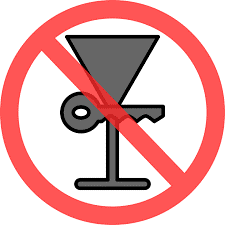 |
- Avoid taking any alcoholic drinks before driving
- Reject drinking invitations when you know that you are about to drive
- Take alternative modes of transport after drinking , e.g taxis, public transport
|
| Medicinal and recreational drugs |
Some medicine may have side effects that will cause drowsiness. This may contribute to bad decision-making.Recreational drug use is illegal and can affect a driver’s behavior and body function, depending on the type of drug consumed. 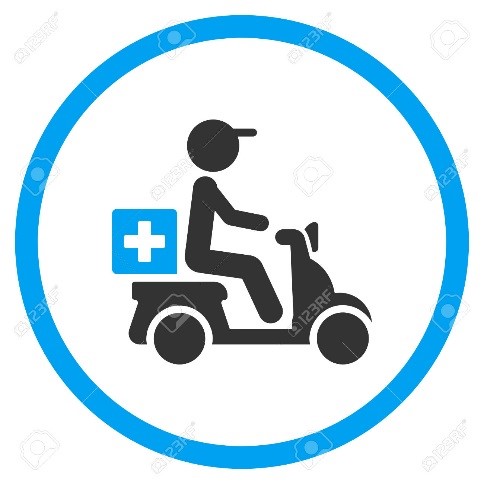 |
- Follow the instructions of your doctor or pharmacist
- Understand your medications and their side effects well
- Do not drive if you feel unwell or think your medication may be affecting your ability to drive
- Seek alternative modes of transport after taking your medications
- Take sufficient rest before you start your journey
- Recognise the disadvantages of taking drugs and seek help to quit
|
| Driver fatigue |
This may present with the feeling of drifting off while driving and may cause disastrous consequences. 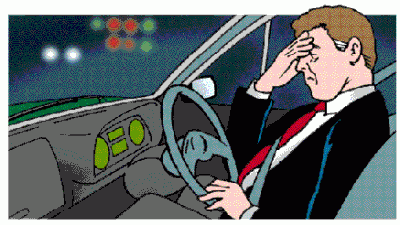 |
- Make sure you get adequate sleep before starting your journey
- Maintain good sleeping habits
- Avoid driving when you are sleepy
- Stop in a safe place when you feel tired to rest. You can even refresh yourself with caffeinated drinks if necessary
- If you have a long drive ahead of you, have a partner with you and take turns to drive
|
| Hand-held mobile phones |
The usage of mobile phones are a major distraction on the road and can affect a driver’s reaction time and awareness of other traffic.  |
- Avoid using your mobile phone when driving
- If necessary, stop your vehicle at a safe place to check messages or return any calls
- Turn off or place your phone on silent mode before starting the journey
- Use voicemail on your mobile phone so people can leave messages for you while you are travelling
|
| Non-use of helmets |
Helmets are vital to protect against head injuries, a common cause of severe morbidity and mortality following motorcycle crashes. 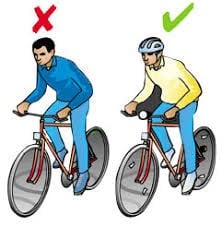 |
- Make wearing your helmet a habit before starting your journey
- Ensure that the helmet fits well to your head size and offers proper protection
|
| Non-use of seat belt |
Wearing seat belts significantly increase chances of survival and reduce severity of injury in the event of an accident. 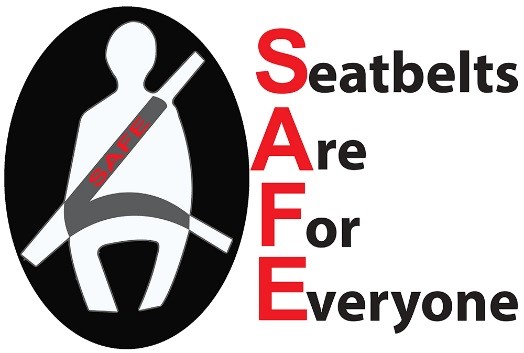 |
- Cultivate the habit of wearing your seatbelt as soon as your enter your vehicle
- Ensure all passengers have their seatbelts on before starting your journey
|
| Car Safety |
Tyres: Damaged or worn out car tyres can be detrimental to your safety and even increase fuel consumption. 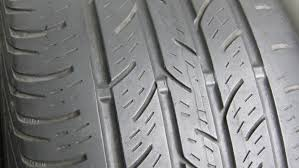 |
- Ensure that your tyres are adequately inflated
- Change your car tyres when needed. You can check this by looking for the thread wear indicator bars running perpendicular to your tyres
|
|
Brakes:Well-functioning brakes are an essential component of a safe vehicle. 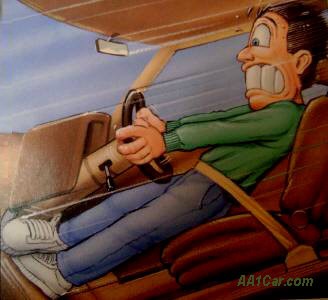 |
- Have your brakes checked regularly when servicing your car
Replace your brakes if you notice any of the following while braking:
- A squealing sound
- Strong vibrations or a grinding sensation
- Pulling to one side of the road
|
| Reduced Visibility |
Poor visibility of cyclists and motorcyclist are a contributing factor to road accidents. 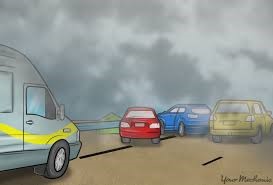 |
Cyclists should ensure that reflectors are positioned on the front, rear and wheels to increase visibility of their vehicles. |
| Weather |
Heavy rain may reduce the visibility of motorists and even affect the performance of your brakes. |
In rainy weather, maintain a distance of at least 4 seconds behind the vehicle ahead of you to allow adequate reaction time. |
















